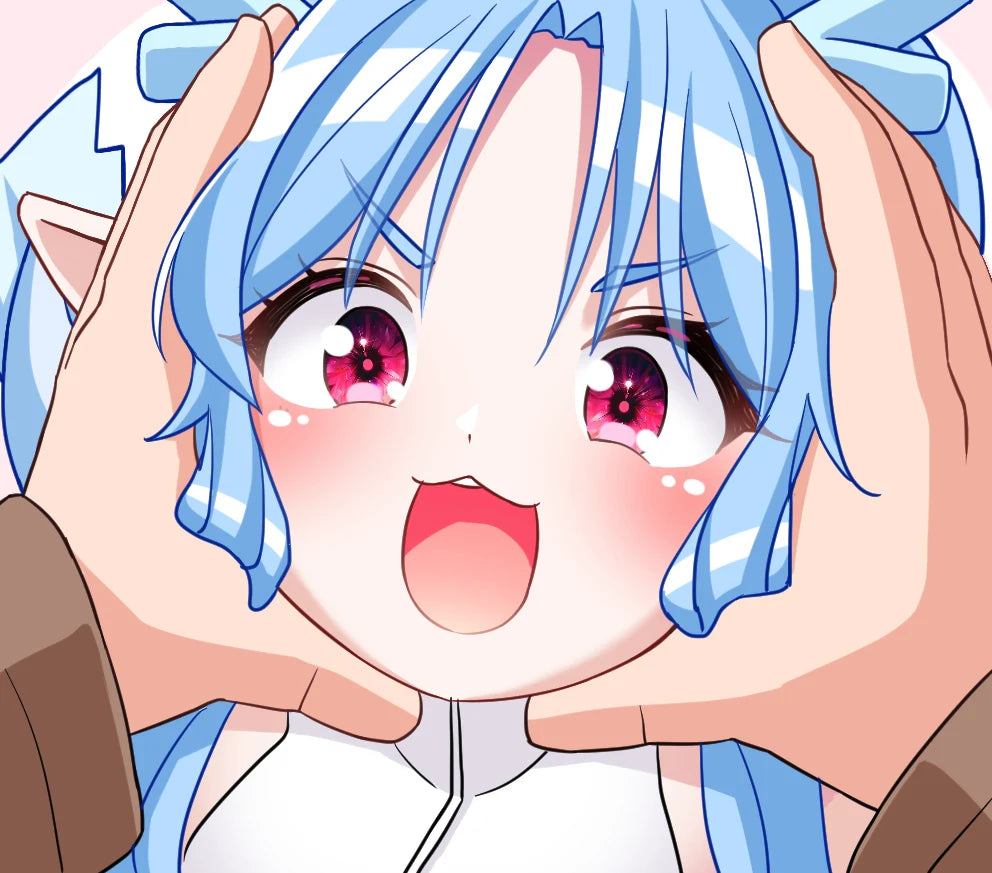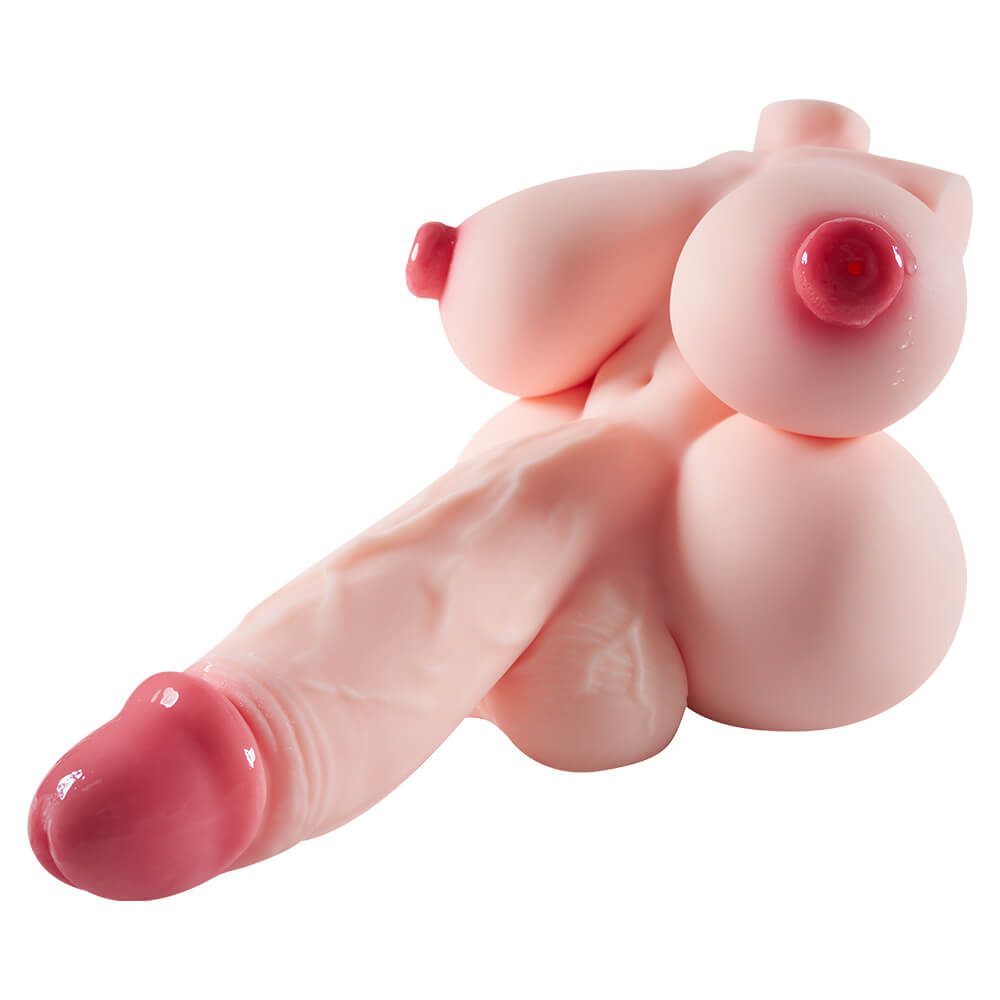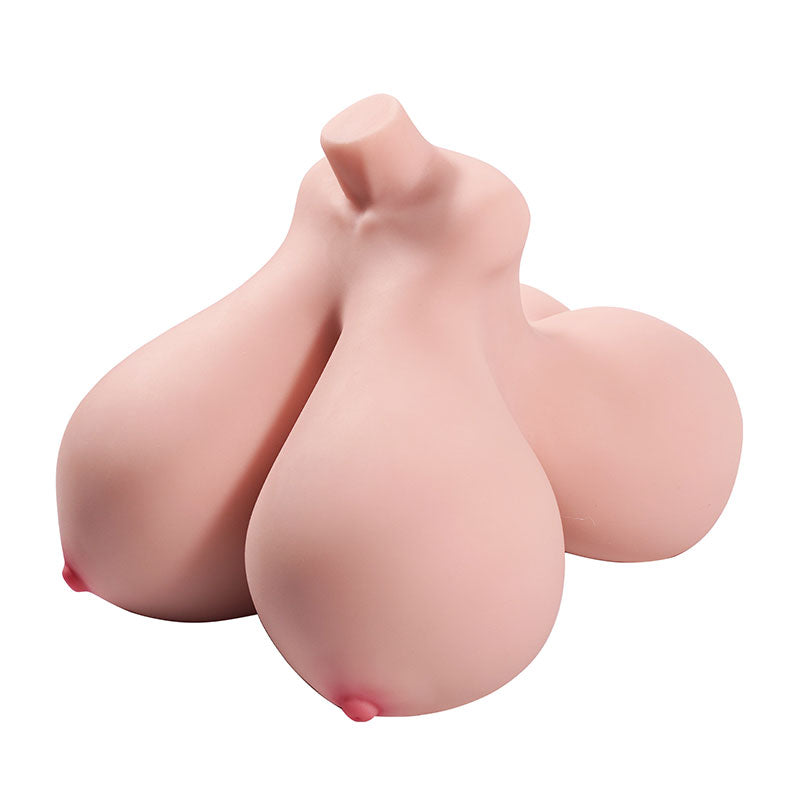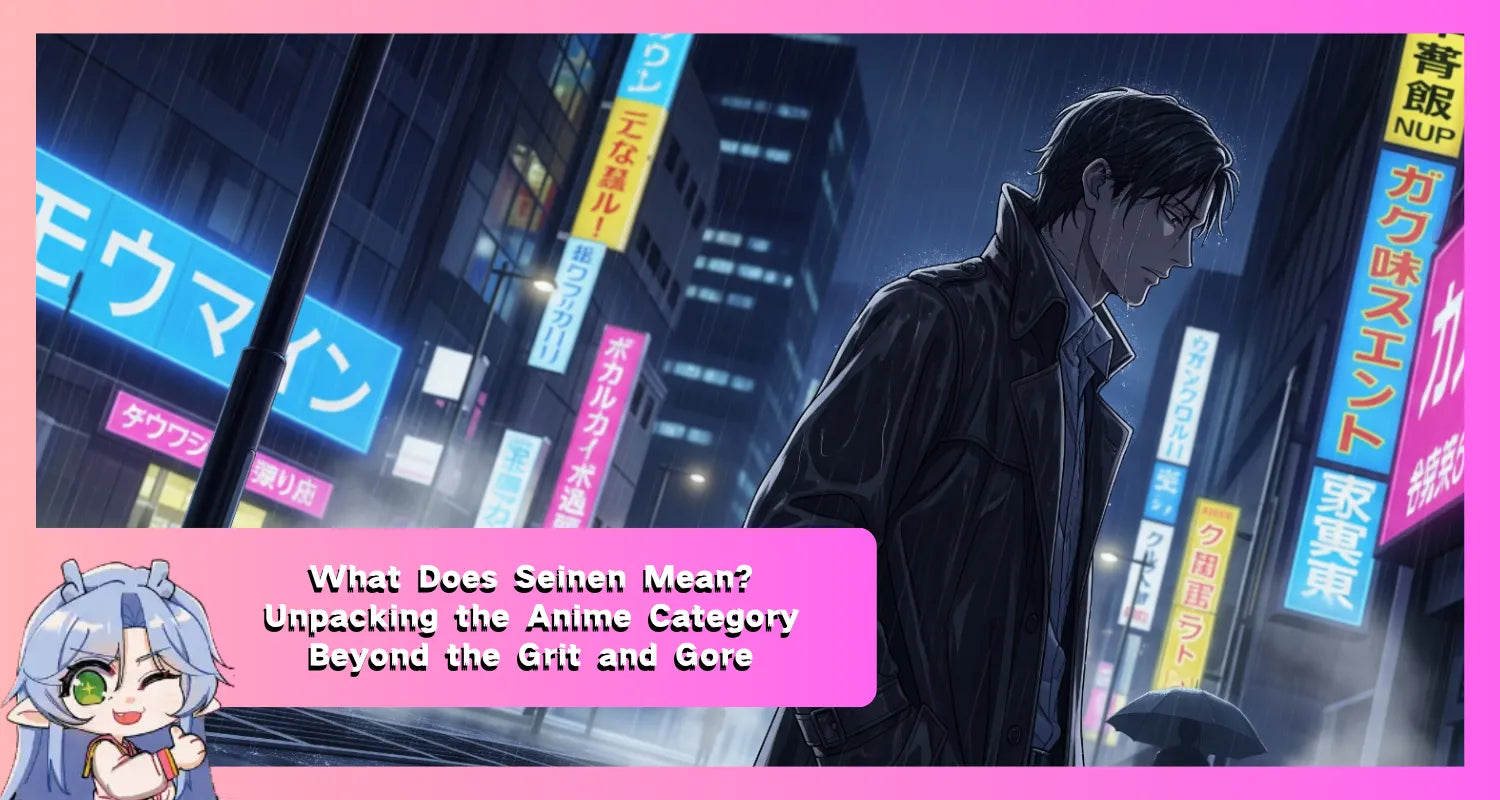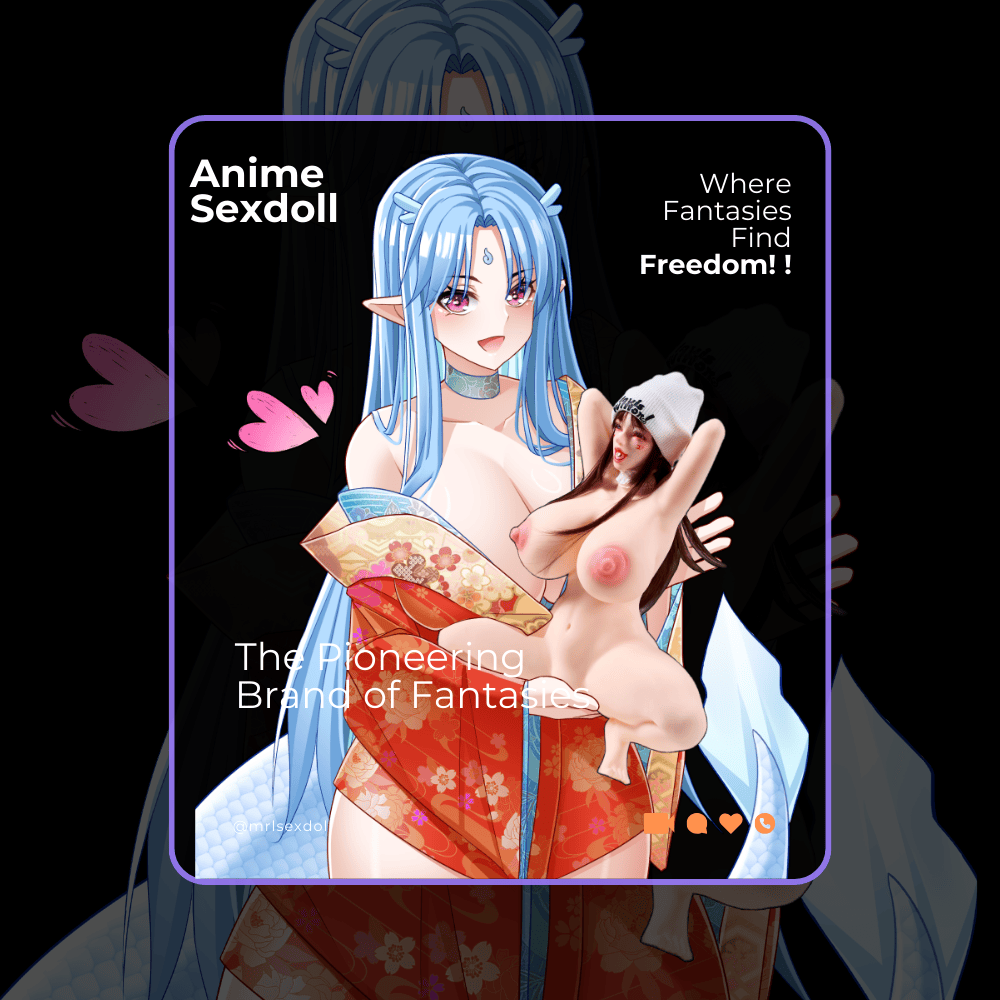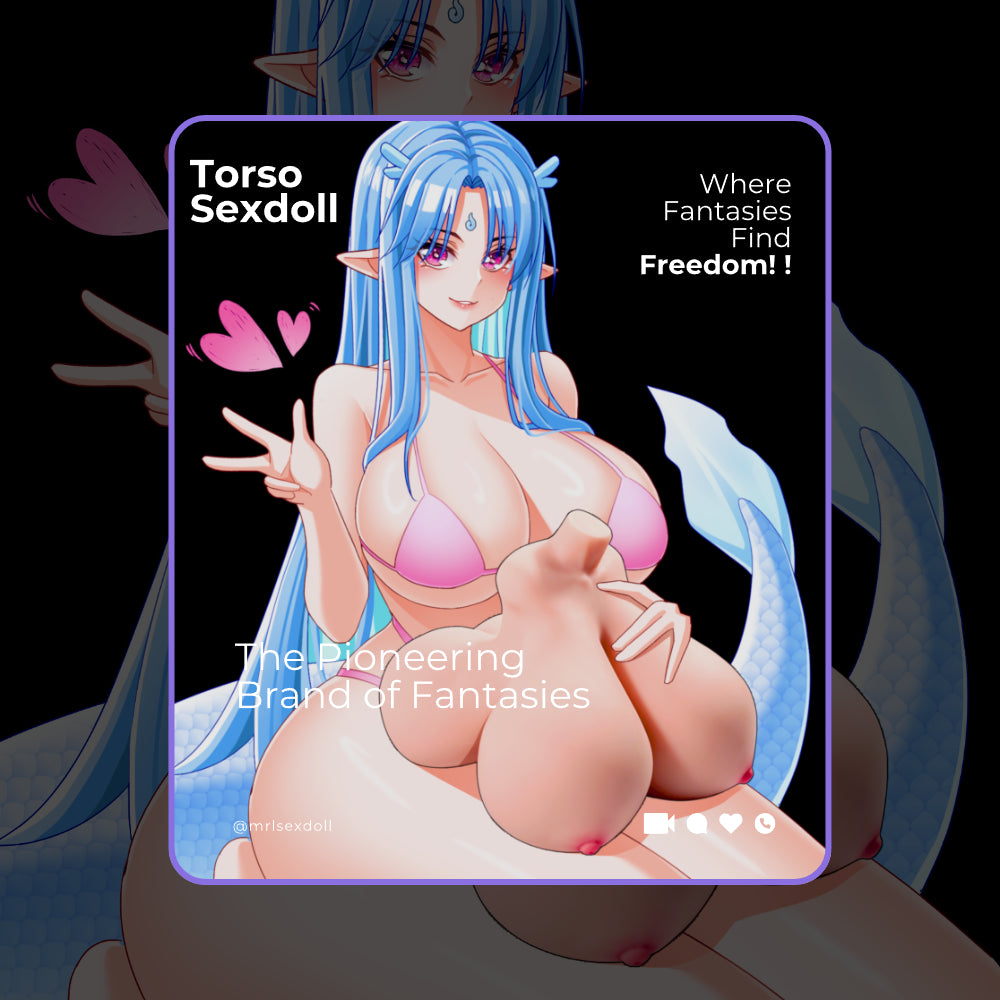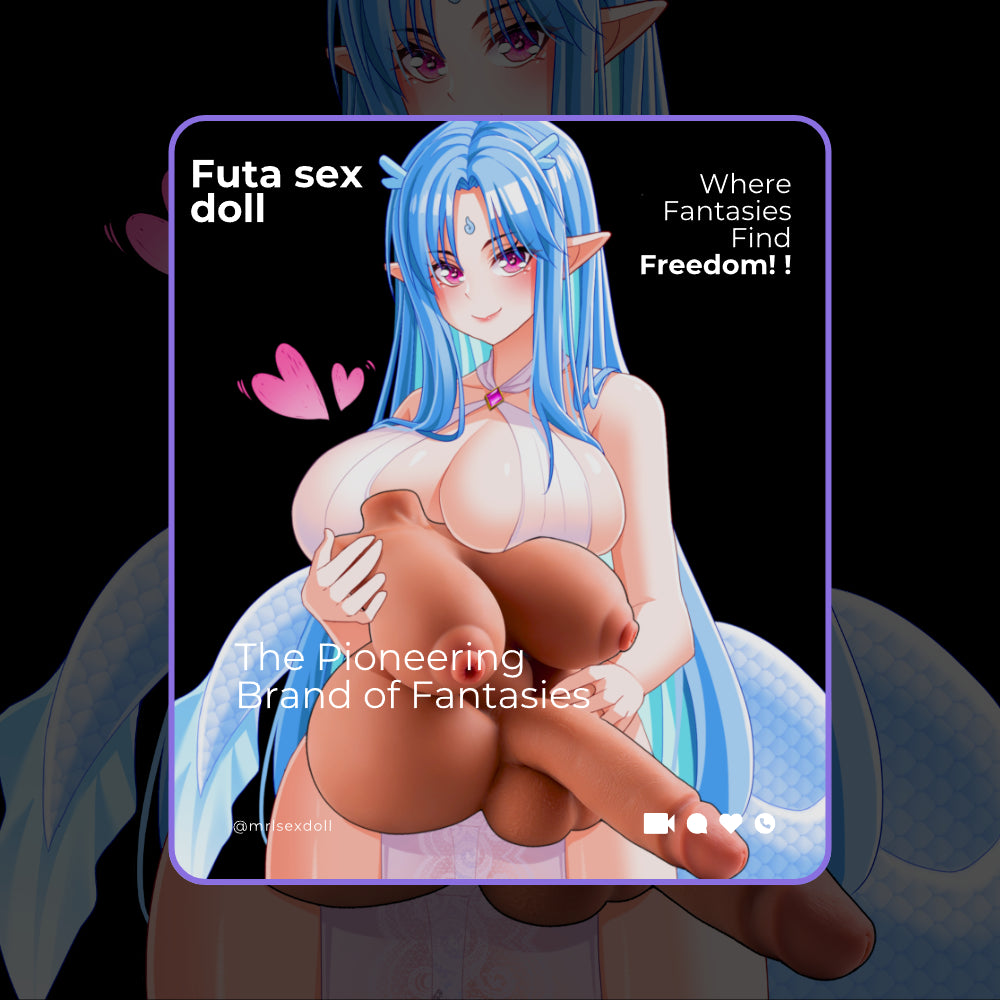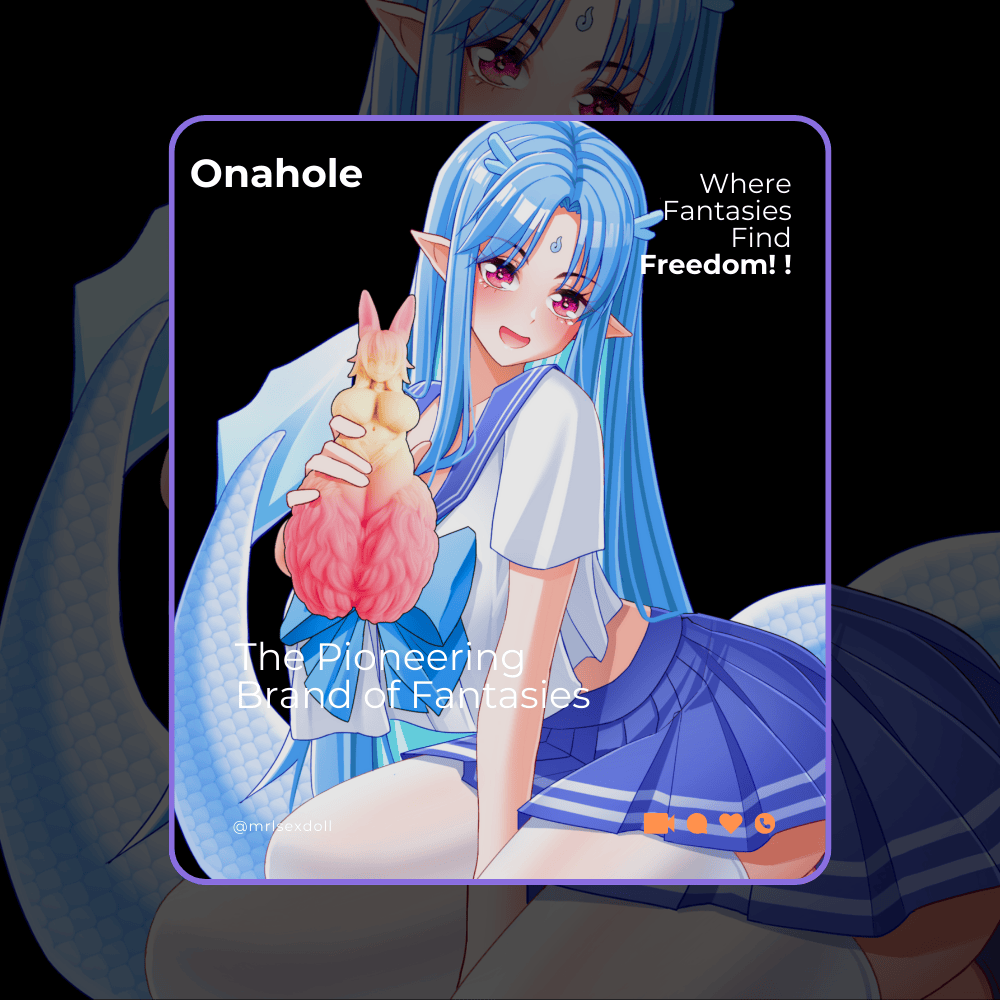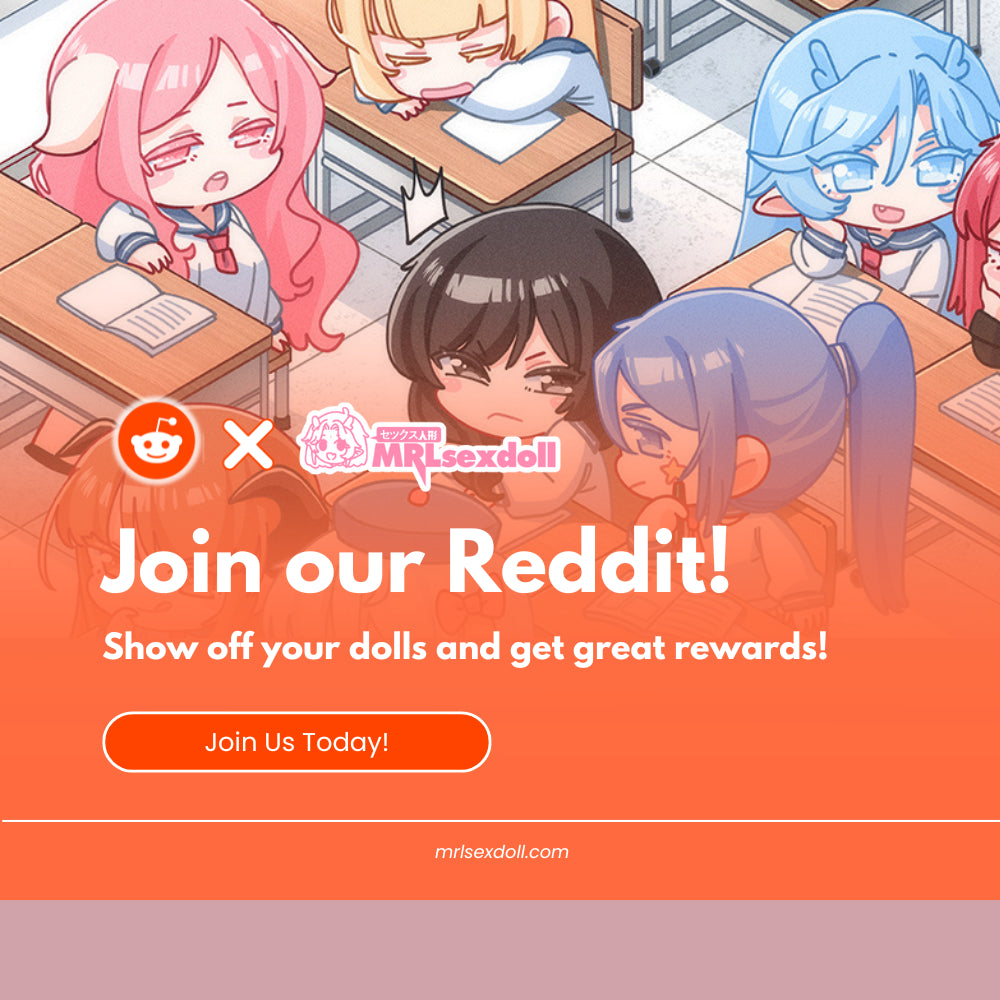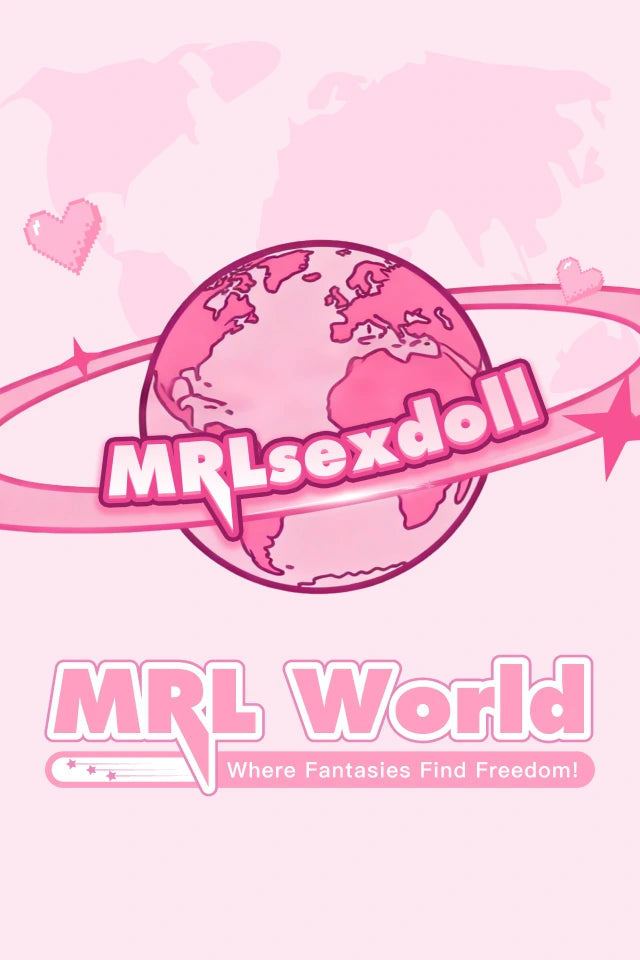What Does Seinen Mean? Unpacking the Anime Category Beyond the Grit and Gore

When you hear the word seinen, you probably picture something specific. Maybe you think of Guts from Berserk, a lone swordsman fighting his way through a dark and hopeless world. Or perhaps your mind goes to the violent, historical setting of Vinland Saga, where characters are shaped by revenge and war. This image of dark, gritty, and psychologically intense stories has become the popular face of seinen for fans around the world. It suggests that these are stories made for adults, full of complex and often difficult themes.
But what if that popular image is just one small piece of a much bigger and more varied category? The common idea of seinen often mistakes one type of story for the entire group, which leads to a basic misunderstanding of the seinen meaning. Many people mix up a marketing label with a story's genre, and this hides the true variety of what these stories can be. This article is here to break down that common myth. We will look beyond the dark battles and explore the quiet classrooms, peaceful campsites, and complex political dramas that are also part of this rich category. By doing this, we can get a clearer and more accurate idea of what it really means when a series is called seinen.
Table of Contents:
- What is Seinen, Really? The Demographic Definition
- Shonen vs Seinen: A Tale of Two Audiences
- The Seinen Spectrum: From Psychological Thrillers to Slice-of-Life
- The Philosophical Epics and Psychological Thrillers
- The Unexpected Comedies and Heartfelt Dramas
- Pushing Boundaries: Creative Freedom and Adult Fantasy in Seinen
- Frequently Asked Questions About Seinen
What is Seinen, Really? The Demographic Definition

To properly define seinen , you have to look past the stories themselves and understand how the Japanese publishing world works. In Japanese, the word seinen (青年 ) simply means "youth" or "young man". In the context of manga and anime, this term isn't a genre like "fantasy" or "sci-fi." It's a marketing label used to identify a target audience. Specifically, it's aimed at adult men, usually in the 18 to 40 age range, although many people outside this group enjoy it too.
The most important thing that makes a manga seinen is the magazine it was first published in. Magazines like Shueisha's Weekly Young Jump or Kodansha's Weekly Young Magazine are made specifically for this adult male audience. Because of this, any manga that appears in these magazines is automatically labeled seinen , no matter what the story is about. This system started in the late 1960s when the first generation of manga readers in postwar Japan, who grew up with stories for kids and teens, became adults. They wanted stories that matched their own mature experiences, which created a new market for content beyond what shonen manga offered.
This "audience-first" way of sorting things is what confuses many Western fans, who are used to a "genre-first" system. In the West, we usually group media by its story elements—fantasy, horror, romance. So when an international fan hears the term seinen , they try to fit it into that system. They see common themes like violence or deep psychology and wrongly assume it's a genre. But the Japanese system thinks about the target reader first. This means a seinen magazine can have stories from every genre you can think of—from action thrillers and political dramas to light comedies and quiet slice-of-life stories—as long as they are made to appeal to adult men.
Shonen vs Seinen: A Tale of Two Audiences

The shonen vs seinen comparison is a frequent topic among anime fans, mainly because the two categories can look very similar at first glance. Both can have intense action, big adventures, and dangerous conflicts, which often causes confusion. The real difference, however, isn't about what happens in the story. It's about how the story is told and why it's important, a difference that comes directly from the life experiences of their target audiences.
Shonen is aimed at teenage boys and usually focuses on growing up, overcoming challenges, and the power of friendship. The story is always pushing forward, making you ask, "What happens next?". In contrast, seinen is more likely to explore internal struggles, psychological ideas, and the difficulties of living in a complicated world. The main question it asks is often more thoughtful and analytical: "Why did that happen, and what does it mean for the characters?". This change in focus shows a shift from the hopeful dreams of youth to the thoughtful nature of adulthood. Shonen often sells the fantasy of becoming powerful, while seinen explores the complex reality of just being.
This difference in philosophy shows up in a few key ways. Shonen stories are often optimistic and inspiring, celebrating hard work and teamwork with a clear line between good and evil. Seinen , on the other hand, is comfortable with moral gray areas, deep questions, and the messy truths of adult life, where a happy ending is never a sure thing. This also affects the characters. Shonen heroes tend to grow by learning new skills and getting stronger, while seinen characters are often already capable adults. Their growth is shown through changes in their thinking, their view of the world, or how they deal with their past. There's also a small technical detail that highlights this difference: shonen manga often includes furigana , which are small phonetic guides to help younger readers with difficult kanji. Seinen manga almost never has them, as it assumes its adult audience can read at a higher level.
|
Attribute |
Shonen (Target: Adolescent Boys, ~12-18) |
Seinen (Target: Adult Men, ~18+) |
|---|---|---|
|
Narrative Driver |
External Conflict & Progression ("What happens?") |
Internal Conflict & Thematic Exploration ("Why does it happen?") |
|
Central Themes |
Friendship, Perseverance, Becoming an Adult |
Realism, Philosophy, Politics, The Complexities of Adult Life |
|
Character Arcs |
Linear growth, acquiring skills/power. |
Complex, morally ambiguous, focus on psychological change. |
|
Worldview |
Generally optimistic, with clear moral distinctions. |
Often cynical or realistic, embracing moral gray areas. |
|
Pacing & Focus |
Faster-paced, action-oriented. |
More deliberate, plot and character-driven. |
|
Literacy Aid |
Often includes furigana for complex kanji. |
Rarely includes furigana , assuming adult literacy. |
|
Representative Example |
Naruto |
Monster |
The Seinen Spectrum: From Psychological Thrillers to Slice-of-Life
To really understand the seinen demographic, you have to see just how wide-ranging it is. The only thing that connects all these different stories is that they are made for a mature audience, which opens the door to all kinds of narratives. This is where you can find some of the best seinen anime that go against expectations and show what the category is truly capable of.
The Philosophical Epics and Psychological Thrillers

This is the side of seinen that most people already know. Series like Naoki Urasawa's Monster are a perfect fit, but they belong in this category for more than just their adult themes. Monster is a brilliant psychological thriller that explores the nature of evil, morality, and how past decisions affect us. In the same way, while
Berserk is known for its graphic violence, the story is really a deep look at trauma, hope, and the fight to stay human in a hopeless world. Vinland Saga starts as a revenge story but grows into a thoughtful examination of peace, forgiveness, and finding a purpose in life beyond fighting. These stories use their mature content as a tool to explore the deepest parts of what it means to be human.
The Unexpected Comedies and Heartfelt Dramas

This is where the common myth about seinen really falls apart. The category is also home to some of the most popular comedies and dramas in anime, many of which have no violence at all. For example, Kaguya-sama: Love is War is a romantic comedy that was published in Weekly Young Jump . It's considered seinen because its story is built on clever mind games, smart dialogue, and a sharp look at social pressure and being vulnerable. These are all things that an adult with more life experience can relate to more deeply than a teenager.
At the other end of the spectrum are gentle slice-of-life series like Yuru Camp (Laid-Back Camp) or Skip and Loafer . These shows are also seinen . The reason is that they serve a specific purpose for their target audience. For many working adults in Japan, these series are a form of relaxing escape. They are a calm and comforting break from the high-stress demands of daily life. The fact that both brutal action stories and quiet comedies can be successful in the same category shows that the adult audience isn't just one thing; it looks for stories that are both challenging and comforting.
Pushing Boundaries: Creative Freedom and Adult Fantasy in Seinen
The seinen demographic gives creators a special kind of artistic freedom. They aren't tied to the same content rules or expectations as shonen magazines, so they can explore unique topics, try out unusual art styles, and create mature fantasies that might not work anywhere else. This freedom creates a space where unique creative ideas can grow, leading to works that push the limits of storytelling and character design.
This creative liberty is what fuels niche artistic communities and the collectors who support them. It allows for the creation of works that appeal to very specific tastes, from detailed robot designs to imaginative character concepts. For fans of anthropomorphic art, this freedom is what makes it possible for detailed and expressive creations to exist. For instance, a collectible like the Nicole anthropomorphic kitten figure is made for enthusiasts who appreciate the kind of creative character design that is possible in media for adults. It is a real-world object that comes from the same creative space that allows seinen to cover such a wide and interesting landscape.
Frequently Asked Questions About Seinen
Is Attack on Titan a seinen series? No. Even though it has dark themes and a lot of violence, the Attack on Titan manga was published in Bessatsu Shōnen Magazine , which makes it officially a shonen series. It's a great example of how the story's content doesn't decide the demographic and shows that the shonen category has also grown to include more mature stories.
Does "seinen" just mean an anime has a lot of violence? Not at all. While some of the most famous seinen anime like Berserk and Tokyo Ghoul are known for being violent, the category also includes popular comedies like Kaguya-sama: Love is War , gentle dramas like March Comes in Like a Lion , and relaxing slice-of-life shows like Yuru Camp . The key factor is the adult male target audience, not the amount of gore.
How can I easily identify a seinen anime? The best way is to check the original Japanese magazine where the source manga was published. Seinen magazines often have words like "Young," "Big Comic," or "Ultra" in their names (like Weekly Young Magazine or Ultra Jump ). If you're looking at the original manga, another clue is that there is usually no furigana (phonetic guides next to kanji), because the readers are expected to have an adult's reading ability.
What are some good "starter" seinen series for someone new to the category? If you're coming from shonen, Vinland Saga is a great place to start because it mixes exciting action with deep philosophical ideas. If you like psychological thrillers, Monster is a classic that everyone should see. And to see how diverse the category really is, the smart romantic comedy Kaguya-sama: Love is War or the beautiful artistic story in Blue Period are fantastic choices that break all the stereotypes.

